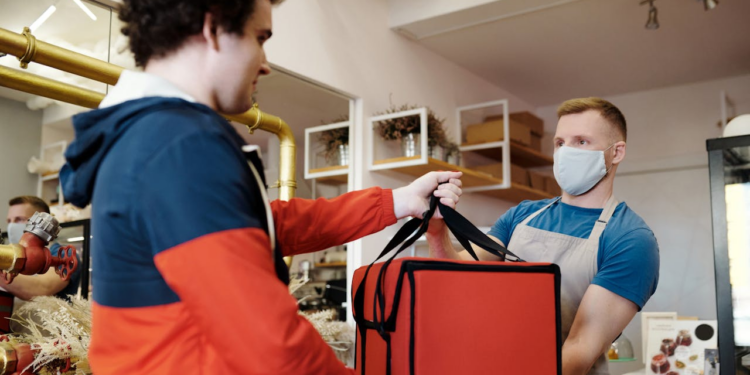A growing number of Americans are taking on second jobs or side hustles to boost their income, driven by rising living costs and a strong labor market that offers more gig work opportunities.
For many, these additional jobs provide a way to make ends meet, but they also come at a personal cost — impacting sleep, mental health, and family time.
Workers from various fields are increasingly juggling multiple roles. For example, a Google contractor now sells phones at Walmart, while a high school teacher works at a baseball stadium, according to The Washington Post.
Many are leveraging side gigs like freelance art, farm sales, or gig economy jobs to fill the income gap. Economists note that this trend tends to rise when job opportunities are plentiful, as they have been post-pandemic.
In 2024, 5.3% of U.S. workers held more than one job, the highest since 2019. This number is especially high in states like Wisconsin and North Dakota. Despite the extra income, many workers find their quality of life suffers, with some working 60-80 hours a week, facing health issues due to the strain.
Some, like Naomi Kowald from Wisconsin, are turning hobbies into businesses, selling farm products like eggs and chickens to make extra money. But even with multiple jobs, many are still living paycheck to paycheck, highlighting the economic pressures driving this trend.
The rise in side jobs also disproportionately affects vulnerable groups, including women and African Americans, who are often in lower-wage jobs that don’t offer full-time hours.
Though this trend offers flexible opportunities, experts are concerned about the long-term impact of relying on multiple jobs for financial stability in the future of work.


 Dr. Gleb Tsipursky – The Office Whisperer
Dr. Gleb Tsipursky – The Office Whisperer Nirit Cohen – WorkFutures
Nirit Cohen – WorkFutures Angela Howard – Culture Expert
Angela Howard – Culture Expert Drew Jones – Design & Innovation
Drew Jones – Design & Innovation Jonathan Price – CRE & Flex Expert
Jonathan Price – CRE & Flex Expert











